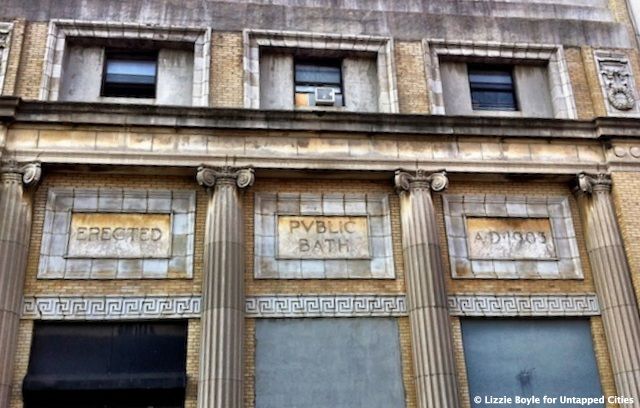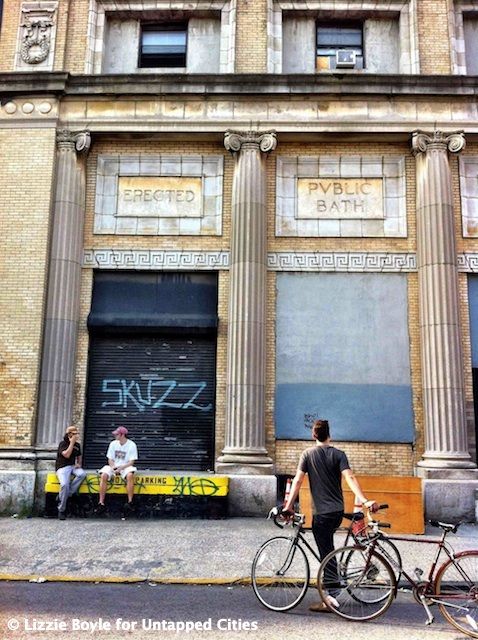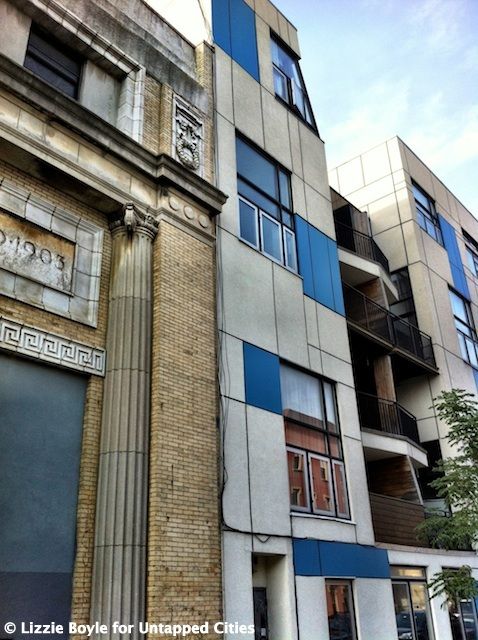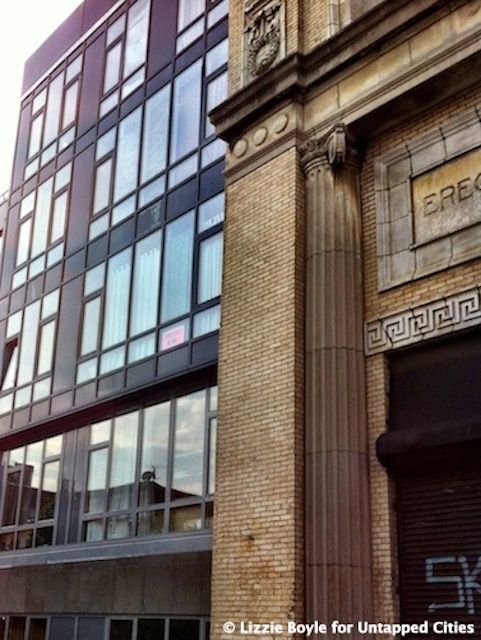Last Chance: The Annual Orchid Show Soars at the New York Botanical Garden
The vibrant colors of Mexico come to NYC for a unique Orchid Show at NYBG!



Little is known about the bathhouse at 139 Huron Street in Greenpoint, Brooklyn. It was built in 1903, as stated on the stone-engraved plaque on the façade. It currently sits sandwiched between ultra-contemporary condominiums. In 2004, a curious reader of the New York Times submitted a question about the bathhouse, where we learn that it opened in 1904 as part of the city-wide public health response during a time where indoor plumbing was a luxury. Bathhouses built in a beautiful civic style were located all over the city, like this one at 60th Street in Manhattan.
The Asser Levy Public Baths, built in 1904-1906 and designed by Arnold W. Brunner and Martin Aiken, were some of the most famous in New York City. The building now houses two swimming pools, one outdoors for use in the summer. It is now a designated New York City Landmark and was placed on the National Register of Historic Places in 1980.

Brooklyn had 25 bathhouses and the Huron Street location was popular, averaging more than 1000 visitors a day at its peak. It was the last to close in 1960 at which point the need for public baths became obsolete.
The entrance into the bathhouse is rather inconspicuous. A heavy, metal black door does little to welcome one into the building, except leave one to imagine what may have once been there. The structure has Ionic pilasters flank what must have once been the main entrance, a loading dock and the present entrance. The façade is cemented over indicating that the lower level was perhaps grander than now indicated.

The basement is home to a furniture restorer and frame gilder, the latter was mentioned in the 2004 Times article. Upon entering there is little to be gleaned of the bathhouse’s former glory save for a stairway remnant. One would assume that the entire interior was floor to ceiling tile but now it is of concrete more reminiscent of a warehouse. There is an old wood burning stove that may have heated the water for the baths or the entire structure itself. The basement itself is rather dusty, most likely from the nature of the activities inside.
The second floor has been made into studio apartments replete with rooftop patios. The street itself is quiet and a few blocks away from busy Manhattan Avenue. Roof access is just one flight up and affords wonderful views up and down Huron Street and the environs near by.

Additional reporting by Michelle Young.
Subscribe to our newsletter